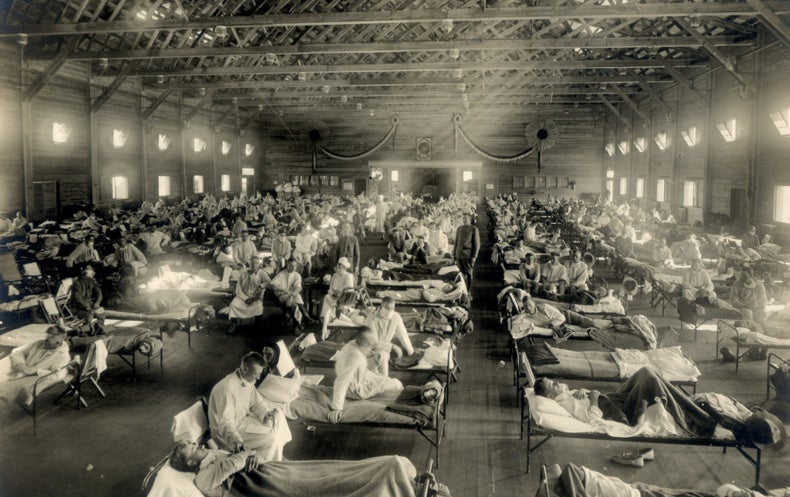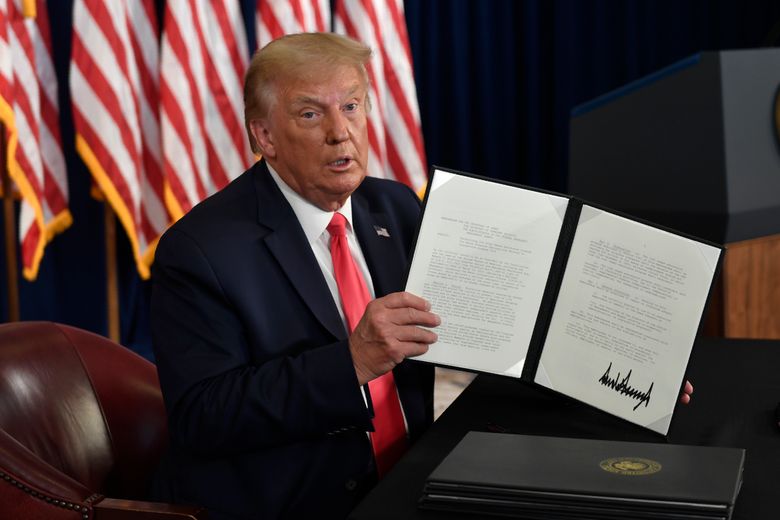The influenza is thought to have spread from Camp Funston in the Unites States Immediately following the 1918 influenza pandemic many researchers speculated on the origin of the disease. The virus came from an animal that had been involved in testing in the WIV and had ended up in the wet market.
 Influenza S Wild Origins In The Animals Around Us Scientific American
Influenza S Wild Origins In The Animals Around Us Scientific American
Researchers say the virus probably first emerged in humans sometime in 2008.
Where did influenza come from. The influenza virus had a profound virulence with a mortality rate at 25 compared to the previous influenza epidemics which were less than 01. So while a lot of H1N1 strains still come from Asia the map shows they spread from other places too. Michael Worobey at the University of Arizona in Tucson and colleagues developed an unprecedentedly accurate molecular clock approach and used it to reconstruct the origins of the 1918 pandemic H1N1 influenza A virus IAV the classical swine H1N1 influenza virus and the post-pandemic seasonal H1N1 lineage that circulated from 1918 until 1957.
Thats the global pattern. One of the earliest reports of an influenza-like illness comes from Hippocrates who described a highly contagious disease from northern Greece ca. This virus was originally referred to as swine flu because laboratory testing showed that its gene segments were similar to influenza viruses that were most recently identified in and known to circulate among pigs.
The Spanish flu also known as the 1918 influenza pandemic was an unusually deadly influenza pandemic caused by the H1N1 influenza A virusLasting from February 1918 to April 1920 it infected 500 million people about a third of the worlds population at the time in four successive waves. However the 1918 flu was first observed in Europe America and areas of. Russell said that he and his colleagues found that each year since 2002 new strains of influenza A H3N2 the most infectious variety of seasonal flu.
AH3N2 AH1N1 and two B variants. As many influenza A strains were known to arise in the Orient it was first thought that the virulent 1918 form had also began in the east. Its unknown exactly where the particular strain of influenza that caused the pandemic came from.
It probably had been circulating in Mexico for. Influenza is a virus thats spread from person to person. I was also led to believe governments were very unlikely to come out and say it outright but that China had been made aware that intelligence agencies had significant evidence.
Around 2008 or 2009 an influenza A virus that had been circulating undetected in swine entered human population. It originates actually among birds and other animals such as pigs and new viral strains of influenza come to this country and to Europe from Southeast Asia. The first human infection with an avian influenza A H5N1 virus is identified in Hong Kong.
The 2009 H1N1 influenza virus referred to as swine flu early on was first detected in people in the United States in April 2009. Where did the 2009 H1N1 flu virus come from. It is a critical tool for tracking the movement of.
They evolve just enough to evade human immune systems but not enough to develop into completely new versions of the virus. Where did the virus come from. FluNet a web-based flu surveillance tool is launched by WHO.
There are four influenza strains that circulate in the human population. An avian influenza H5N1 virus is first isolated from a farmed goose in China. Though they dont mutate as quickly when they.
These viruses spread seasonally each year because of a phenomenon known as antigenic drift. The word influenza however wasnt. Influenza comes to English from Italian where it derived from the Medieval Latin word influentia.
The virus that caused the 1918 influenza pandemic probably sprang from North American domestic and wild birds not from the mixing of human and swine viruses. Both etyma translate to influence in their respective languages an allusion to how the disease was traditionally attributed to the influence of the stars. The death rate for 15 to 34-year-olds of influenza and pneumonia were 20 times higher in 1918 than in previous years Taubenberger.
Historians have suggested that the Spanish influenza mutated and became most deadly in spring 1918 spreading from Europe to ports as far apart. Unlike most swine influenza infections of humans this virus established sustained human-to-human transmission leading to a global pandemic.











